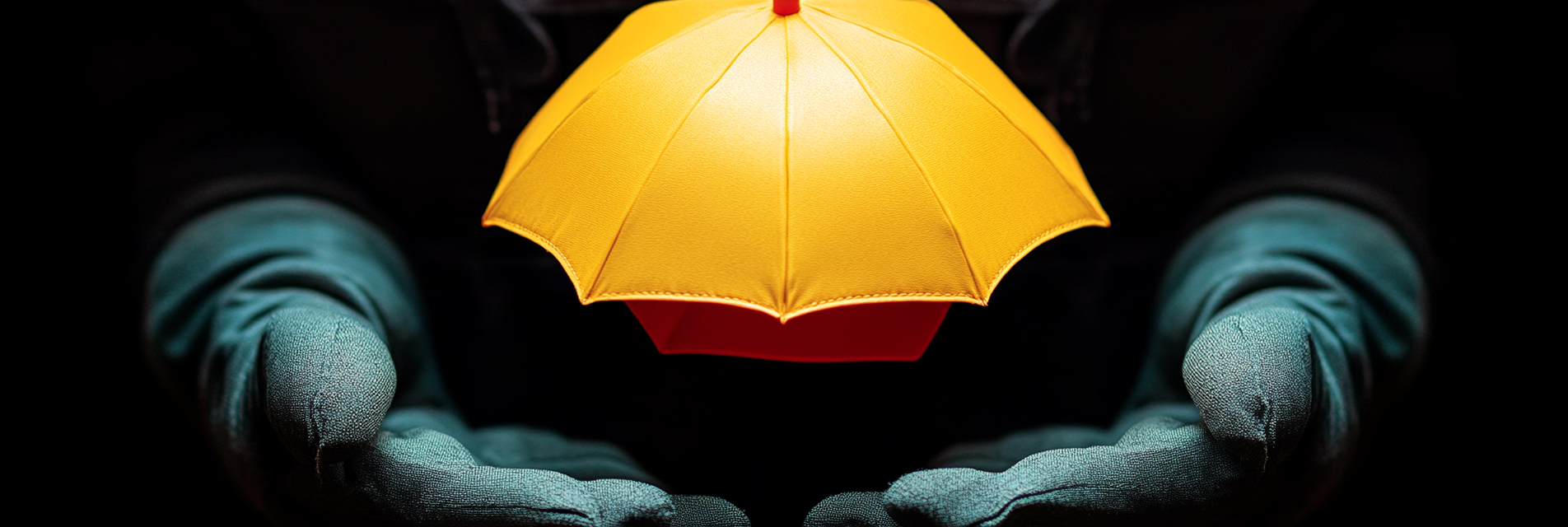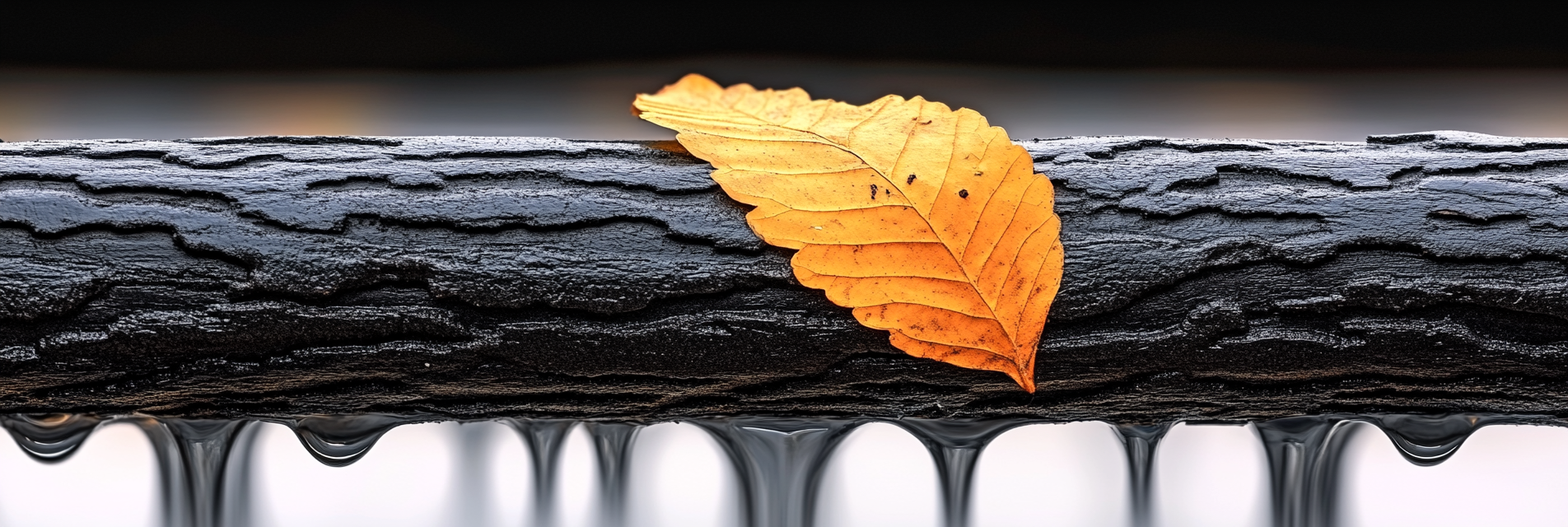In the realm of household safety, the risk posed by dryers and washing machines is often underestimated, yet the data tells a compelling story. Between 2010 and 2014, U.S. municipal fire departments responded to an average of 15,970 home fires annually involving these essential appliances. The outcome? Each year saw approximately 13 civilian deaths, 440 injuries, and staggering property damage valued at $238 million. The bulk of these incidents—92%—involved clothes dryers, underscoring the urgent need for enhanced awareness and professional intervention. Dryers and washers play an essential role in home convenience, but they come with fire risks that can be managed with regular upkeep.
Analyzing the Data: The Leading Causes of Dryer and Washer Fires
The data from the National Fire Protection Association (NFPA) reveals that the leading cause of home dryer fires is a failure to clean. This factor alone accounted for 33% of all dryer fires during the study period and was responsible for 34% of injuries and 26% of direct property damage. In stark contrast, fires involving washing machines were more frequently linked to mechanical or electrical failures, responsible for 44% and 42% of incidents, respectively. This divergence points to the different operational and maintenance challenges associated with each type of appliance.
The Role of Lint and Combustible Materials
Dust, fiber, and lint were found to be the primary items first ignited in 27% of dryer fires. This statistic is more than just a number—it signifies the flammable nature of these common byproducts and their propensity to accumulate in areas unseen by the average homeowner. Lint traps, while crucial, only capture a portion of the fibers shed during drying. The rest often makes its way into vent ducts, where it can accumulate and form a highly combustible layer.
Clothing was identified as the first item ignited in 26% of dryer fires, adding to the complexity of fire prevention. When heat sources are improperly managed or mechanical failures occur, these fires can spread rapidly through the highly flammable clothing fibers.
For washing machines, electrical wire or cable insulation was the most common item ignited (26%), followed closely by the appliance housing (24%). This highlights the inherent risks of electrical failures, which are often exacerbated by water exposure or worn-out components. Unlike dryer fires, which are often preventable with regular cleaning, washing machine fires frequently require technical inspections to identify and mitigate electrical hazards.
Geeking Out on Statistics: The Anatomy of Appliance Fire Trends
Examining historical trends, the number of fires involving washers and dryers showed a complex pattern. From the early 1980s to the mid-1990s, there was a notable decline in fire incidents, suggesting an improvement in appliance design and safety standards. However, the early 2000s saw a slight upward shift in incidents, reflecting potential issues related to newer technology and changes in user behavior.
The NFPA data for 2010-2014 showed that non-confined fires—those extending beyond the object of origin—accounted for a significant portion of losses. Specifically, 13,360 out of 14,630 dryer fires each year were non-confined, resulting in 93% of the reported property damage. This distinction underscores the importance of professional maintenance services, such as those offered by Paul Lindberg’s Dryer Fire Fighters, to prevent minor ignition events from escalating into full-scale disasters.
The Vulnerabilities of Dryer Vent Systems
A key contributor to dryer fires is the construction and maintenance of the vent system. Many homeowners are unaware that flexible plastic or foil-type vent ducts, still commonly used, are prone to trapping lint and can easily be crushed or kinked, restricting airflow. In contrast, metal venting materials are more durable and conducive to maintaining proper airflow. Paul Lindberg emphasizes the use of rigid or flexible metal ducts during professional inspections and services to minimize fire risks.
The NFPA study also found that in 82% of dryer and washing machine fires, the point of origin was the laundry room or area. This insight is particularly valuable for home layout and appliance placement. Keeping combustibles away from laundry areas and ensuring proper vent installation can dramatically reduce risk factors.
Breaking Down Fire Causes in Washers vs. Dryers
While dryer fires are predominantly triggered by lint buildup and user neglect, washing machines present a different set of risks. Electrical failure or malfunction in washers, responsible for 42% of washing machine fires, is often tied to compromised wiring or overloaded circuits. Mechanical malfunctions, on the other hand, are more difficult to predict and can range from broken components to issues with the drum drive or motor assembly.
A notable insight from the NFPA data was the involvement of unattended equipment. In about 3% of fires, equipment left operating while unattended contributed to ignition, posing a unique challenge in households with busy lifestyles. This finding reinforces Paul Lindberg’s advice to avoid running dryers or washing machines when leaving the house.
Deep Dive into Fire-Related Losses
The direct property damage associated with dryer fires, estimated at $222 million annually, emphasizes the need for proactive measures. The average repair or replacement cost following such an incident far exceeds the routine expense of a professional cleaning and maintenance service. Additionally, the human cost—440 injuries and 13 deaths annually—cannot be overlooked. Injuries incurred during these incidents are often due to late detection and the inability to contain a fire once it has spread beyond the appliance.
Fire Containment and Mitigation Strategies
One of the most effective fire prevention strategies is ensuring that appliances are maintained and operated correctly. Regular maintenance performed by experts like those at Dryer Fire Fighters can identify potential hazards before they become severe. Services typically include deep cleaning of lint from both accessible and hidden areas, inspection of electrical connections, and verification that venting systems meet safety standards.
Moreover, fire containment features in modern dryers, such as thermal fuses and sensors that shut off the appliance if overheating occurs, add layers of protection. However, these safety features should not replace the need for routine professional servicing. Even with advanced sensors, obstructions in the vent line or overlooked maintenance can compromise the effectiveness of these built-in systems.
Technical Recommendations for Homeowners
Homeowners are advised to adopt stringent cleaning practices and enlist professional services regularly. Key recommendations include:
- Clean the lint filter before and after each use: A clogged lint filter can restrict airflow, causing overheating.
- Inspect the exhaust vent system annually: Ensure the vent flap opens freely, and consider professional cleaning to remove any deep blockages.
- Replace older vent materials with metal ducts: This reduces the risk of lint accumulation and improves airflow.
- Position the dryer in a safe area: Ensure the appliance is situated in a well-ventilated space, free from combustible materials.
- Keep appliances up to code: Ensure that the dryer’s electrical outlet matches its power requirements and that any gas connections are inspected for leaks.
Why Choose Dryer Fire Fighters in Tri-Cities, WA?
Paul Lindberg’s Dryer Fire Fighters offers an unmatched level of expertise and comprehensive service. Unlike generic home cleaning services, Paul’s team specializes in dryer vent and appliance cavity cleaning, providing a level of detail that ordinary cleaning efforts cannot match. Using professional-grade tools, they address lint buildup deep within the appliance and vent system, ensuring that potential ignition sources are eliminated.
Paul’s commitment goes beyond cleaning; it includes educating homeowners about proper dryer operation and maintenance. With decades of combined experience, Dryer Fire Fighters provides peace of mind through detailed inspections and adherence to the highest safety standards.
Conclusion: Prioritize Safety for Your Home and Family
The data is conclusive: dryer and washing machine fires represent a significant but manageable risk. The key to preventing these incidents lies in regular maintenance, professional inspections, and informed operation. Dryer Fire Fighters, under the skilled leadership of Paul Lindberg, stands ready to help homeowners in Tri-Cities, WA, take proactive steps in safeguarding their homes. Don’t wait for the warning signs—schedule an inspection and comprehensive cleaning today to ensure your appliances are functioning safely and efficiently.
Serving the communities of:
Kennewick | Pasco | Richland | West Richland | Finley | Burbank | Benton City | Prosser | Grandview | Connell
As the sole certified dryer exhaust technician recognized by CSIA.org in the Tri-Cities area, Paul brings a wealth of expertise to fire prevention. His primary focus lies in addressing the root cause of many residential fires: lint buildup in dryer cavities and vents. Through rigorous inspections and thorough cleanings, Paul ensures that families and businesses can enjoy peace of mind, knowing their properties are safeguarded against fire risks.









































